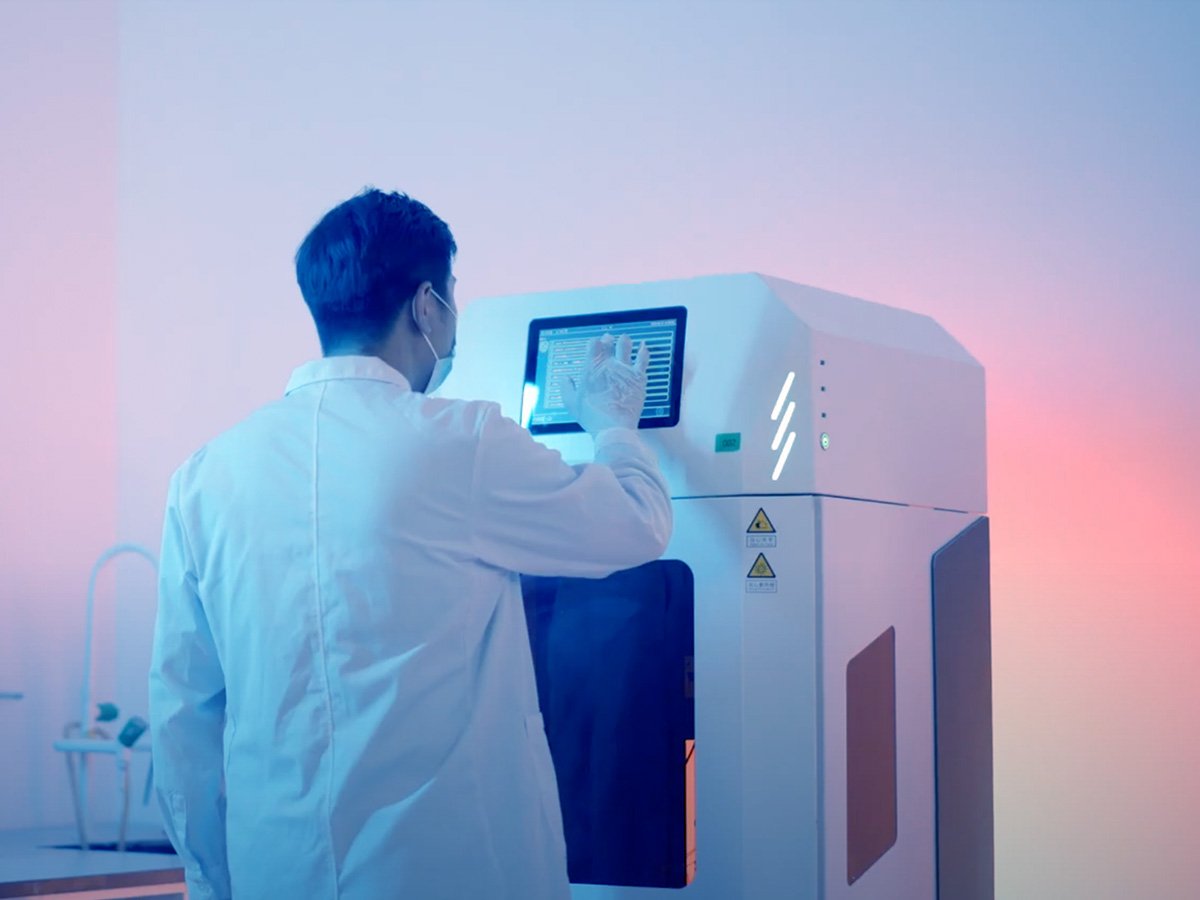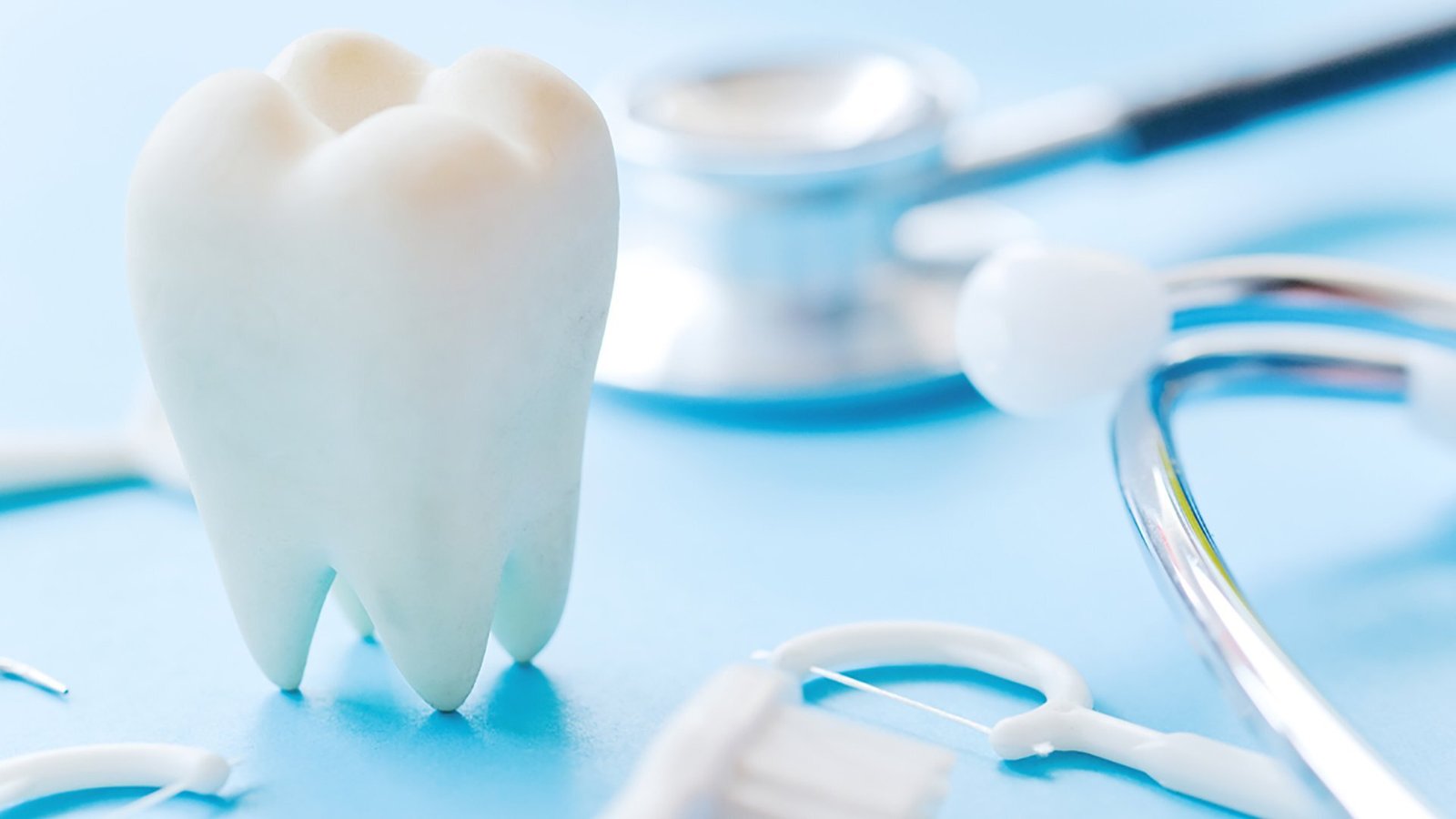Intraoral scanner vs extraoral scanner: Which is best for a dental clinic?
Suppose you want to grow your dental clinic and have to buy the tools for it. One big hurdle you often face is selecting the right scanner without breaking the bank.
You didn’t want to spend too much, but you didn’t want to lose out on quality either. On Google, you typed in different types of scanners that appear in search results. However, the most common are intraoral and extraoral scanners.
It’s very challenging to know which one (intraoral scanner vs extraoral scanner) is best for your dental lab or clinic. That’s why it’s important to compare the specifications and features of both intraoral scanner vs extraoral scanners. So it’s very helpful for you to choose one that meets your dental lab or clinic’s requirements.
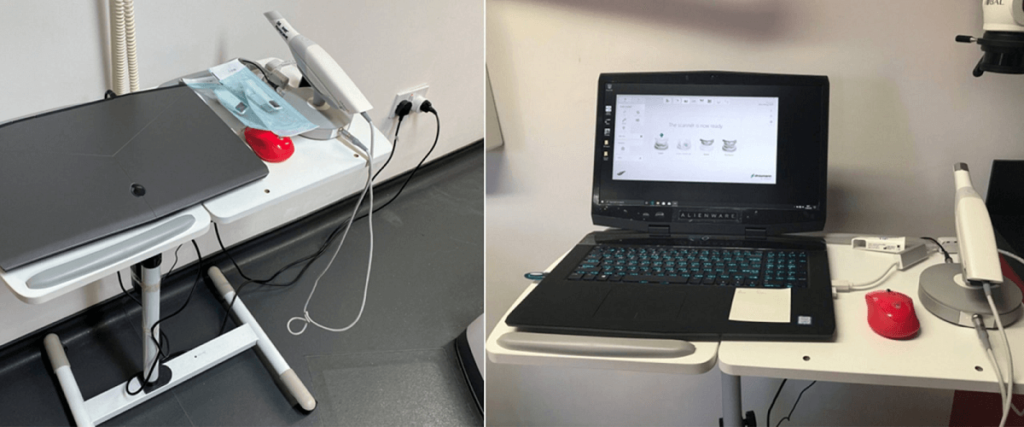
What is an Intraoral Scanner?
An intraoral scanner is a small device used by dentists. It takes pictures inside the patient’s mouth. These pictures are changed into a 3D model on a computer. The scanner uses light to capture the shape of the teeth and gums. You can move the scanner around the mouth to collect images. This helps make quality crowns, braces, and more.
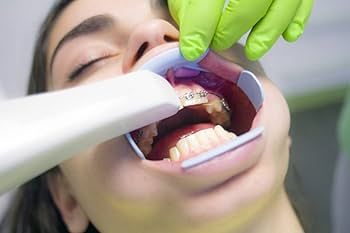
What is an Extraoral Scanner?
An extraoral scanner is a dental machine used outside the patient’s mouth. Dentists use it to scan models or impressions of teeth. It takes pictures from the outside and makes a 3D image on a computer. The scanner uses light or lasers to read the shape of the teeth. It does not scan directly in the mouth. It helps make crowns, dentures, and other dental parts.
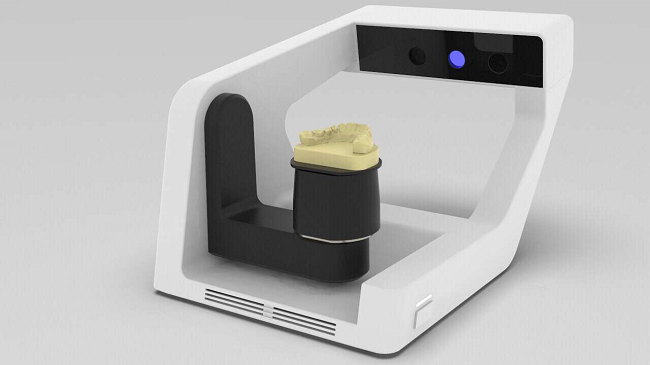
Intraoral Scanner vs Extraoral Scanners: Head-to-Head Comparison
As a dentist, the selection of a scanner is a big decision for your dental labs. You should buy the scanner that meets your clinic’s requirements and enhances clientele. Here is a detailed intraoral scanner vs extraoral scanner comparison of the features that enable you to choose the best one.
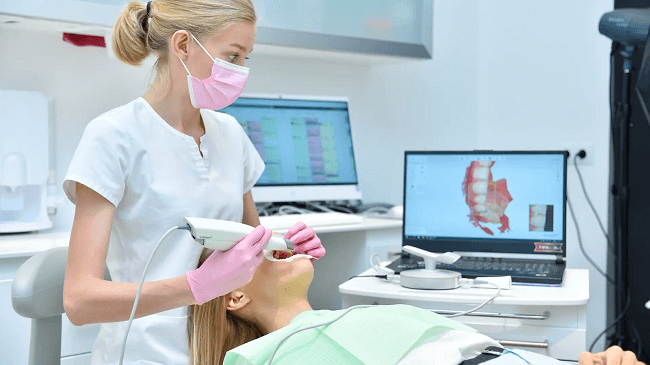
– Accuracy and Precision
The accuracy and precision of the scanner matter for both the patient and the dentist. Intraoral scanner comparisons to others take live images directly inside the patient’s mouth. The Aidite elegant 3 uses light to scan and capture fine details in real time. This scanner is accurate enough for crowns, bridges, and aligners.
On the other hand, an extraoral scanner is compared to other scanners that can scan dental models or impressions. This scanner does not take live images like an intraoral scanner. However, it captures tiny details and gives you sharp 3D images.
Speed and Workflow Efficiency
In busy and crowded labs, the scanner speed makes a major impact on the clientele.
The advantages of intraoral scanners over extraoral scanners include quickly scanning the patient’s mouth. You can capture a detailed and fine image of the patient’s mouth in just a few minutes. This means shorter appointments and more daily cases. The digital file goes straight to the lab or in-house software.
However, the extraoral scanners take time to scan the patient’s mouth. Because the machine is used outside the patient’s mouth, it needs time to capture the fine detail. It’s slower than intraoral scanning chairside.
Patient Comfort and Experience
For dentists, patient comfort is everything. Most patients don’t love traditional impressions.
They can gag, feel uncomfortable, or get anxious. Intraoral scanner comparison to another scanner can skip all that. The Aidite Elegant 3 has a small tip and anti-fog tech. So scanning feels quick and smooth. It reduces the patient’s chair time.
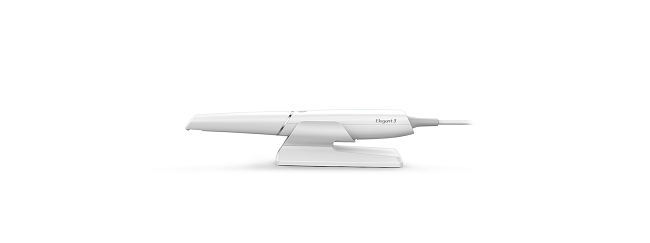
On the contrary, the extraoral scanners don’t touch the patient. However, the process of using this scanner may still feel uncomfortable for some patients.
Training and Ease of Use
At the beginning of adopting any technology, dentists need training to use the machine.
You don’t need to be a tech expert to use most modern intraoral scanners. This scanner is plug-and-play. The software is easy to use in every step, and the scanner gives live feedback. Within a few hours of training, you’re scanning confidently.
The extraoral scanner comparison to another scanner, can be a bit trickier. You’ll need to know how to work with physical models, position them just right, and adjust the scan settings. If you’re in a small clinic or new to scanning, the learning becomes a real challenge for you.
Software Integration and File Types (STL, PLY, OBJ)
Most advantages of intraoral scanners over extraoral scanners today support open file formats like STL, PLY, and OBJ. That means your scans can be used across different CAD/CAM systems. This type of scanner integrates well with lab software and cloud platforms.
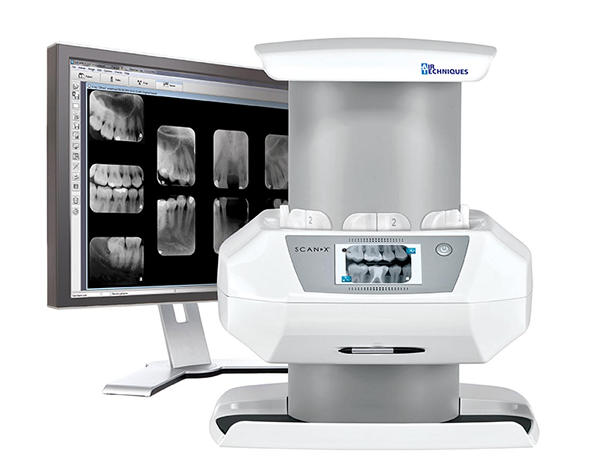
Alternatively, the extraoral scanners also support standard file types. This means labs can work with many different software tools to design and mill restorations. The scanned files are easy to edit, store, and share.
Cost of Ownership
The intraoral scanners can feel pricey upfront. But over time, they save money. You just invest one time and enhance your workflow, which means more patients in less time. This scanner also improves your patient experience, which helps with referrals.
The extraoral scanner usually costs less than an intraoral scanner. But you’ll still need to buy impression materials, and scanning takes more time. They’re best when you’re working with physical models regularly.
Portability and Space Requirements
If you have a small dental clinic, then your dental equipment should be lightweight and portable.
The intraoral scanners are small, light, and easy to carry around. You can move them from one chair to another with no problem. Aidite’s model, for instance, connects through a laptop or cart setup. It is perfect for clinics with limited space or those doing mobile dentistry.
However, the extraoral scanner comparison to others, is bigger and usually stays put. They need a steady table or lab bench, plus room for the models and a computer. If you run a dedicated lab, this is fine. But for small clinics, space could be an issue.
Which Is Better: Intraoral Or Extraoral Scanner?
The selection of a scanner for your dental lab depends on multiple factors. Every dental clinic is different. Some are busy while others focus on special care or detailed treatments. What matters most is how you work and what your patients need. If you’re doing lots of crowns, aligners, or same-day restorations, you need tools that move as fast as you do.
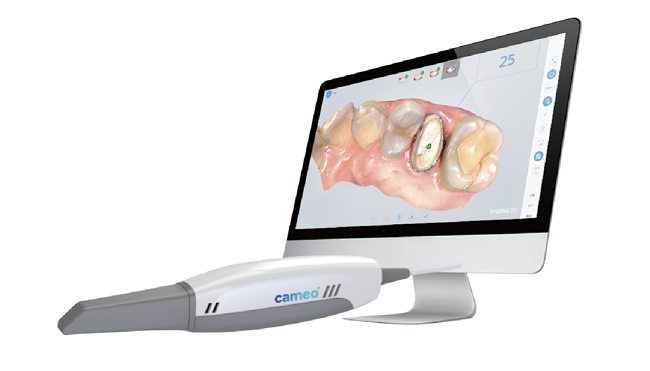
In busy and small dental labs where speed matters, the intraoral scanner is best for them. It’s small, easy to use, and gives you real-time 3D images right from inside the mouth. You don’t need to put more trays or putty. Just fast, clean scans that go straight to your software or lab.
If you want to buy a cost-effective intraoral scanner, the Aidite brand is best for you. It’s great for clinics that want high-quality results without spending too much. Even better, it works with open systems and is simple to learn.
FAQs
Who uses intraoral scanners?
Dentists use intraoral scanners to take pictures inside the mouth. They help make crowns, braces, and dentures. Dental hygienists and assistants also use them to help with patient care. Some labs use them to check digital files.
What file type is the intraoral scanner?
Intraoral scanners make 3D files. The most common file type is STL. Some scanners also use PLY and OBJ files. These files show teeth and gums in detail. Dentists send them to labs or use them in software. The files work with many CAD/CAM tools.
What are the components of an intraoral scanner?
An intraoral scanner has a scanner wand that goes in the mouth. It has a camera or a light sensor to take pictures. There is also a mirror and a lens inside the wand. The scanner connects to a computer or tablet. This shows the 3D image.
Final Thoughts
To sum up, intraoral scanner vs extraoral scanner: which one is best for your dental labs? The answer is totally dependent on you. It’s essential for you to keep a few things in mind before making a final decision. Make sure the scanning quality of the scanner is high, and quickly scan the patient’s mouth.
Cost and scanner performance are the biggest factors. Some scanners are higher in price due to software integrations. So, intraoral scanner vs extraoral scanner: both provide quality results. You can enhance your patient care by choosing one among them that meets your dental lab requirements.

